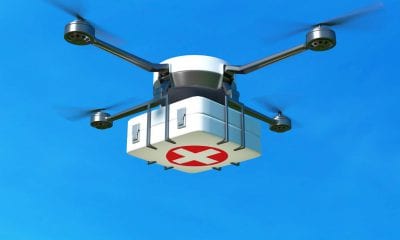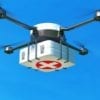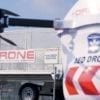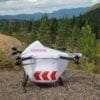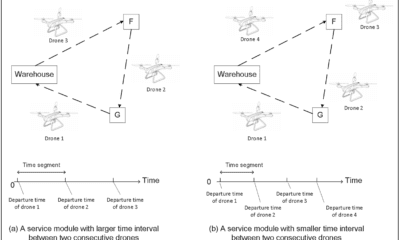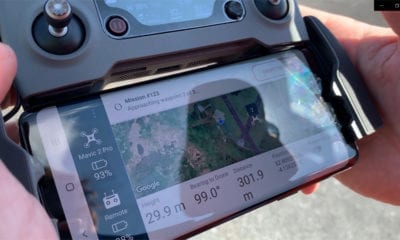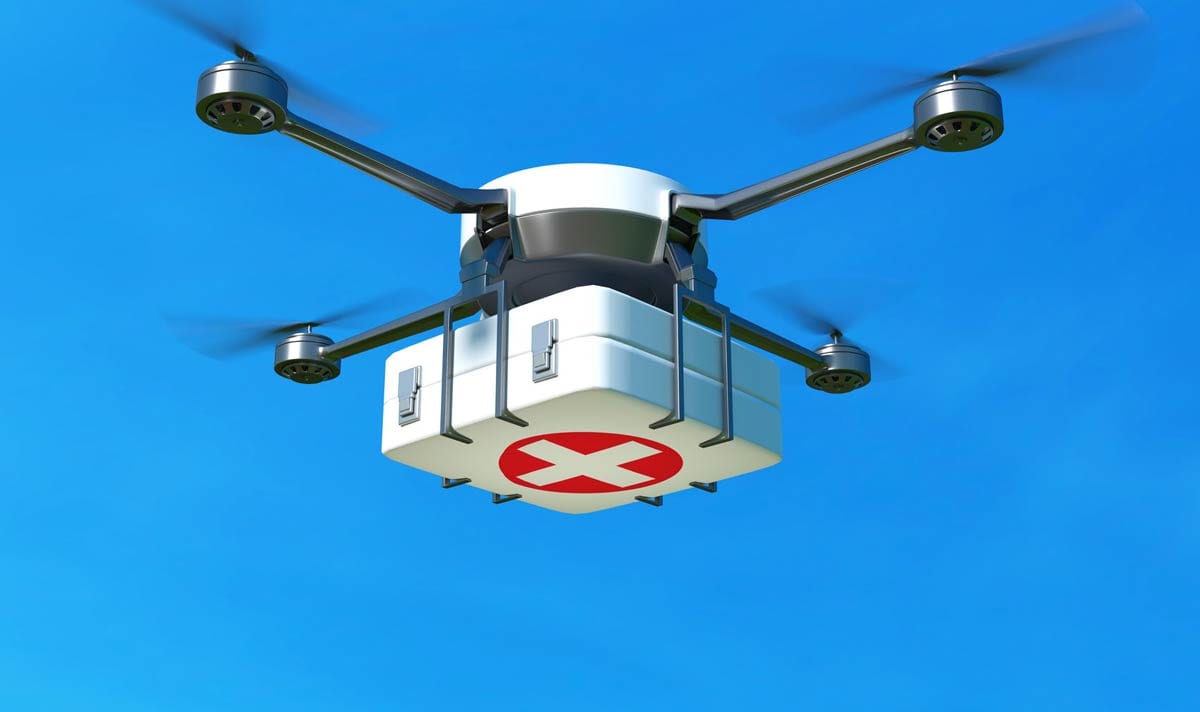
Drone Delivery
Drone Applications in Health Care
Drone Applications in Health Care
An article by Jeff Mason in Health Technology Update, from the Canadian Agency for Drugs and Technologies in Health, details drone applications in health care with the aim of expanding the their use in health services to Canadians, especially those living in communities where access is restricted by long distances and limited or seasonal road access.
The article focuses on relevance to rural and remote health care settings ranges from the use of medical drones to a teleported robotic ultrasound system. These technologies are identified as topics of potential interest to health care decision-makers in Canada.
Drones are often considered a desirable alternative to manned flights, due to their flexibility and unique capabilities. These vehicles can be deployed on demand and can sometimes stay in the air longer than a manned aircraft. Drones are flexible in the tasks that they can perform and can be tailored to a specific purpose depending on what equipment, such as cameras and sensors, is mounted on board.
Drone based research possibilities in health care applications are numerous – simulations, feasibility studies, theoretical models, to name a few. For instance paramedics in Renfrew County outside Ottawa have been testing multi-rotor drones to deliver automated external defibrillators (AEDs) to rural residents since 2016.
Researchers in Sweden, have successfully trialled real-world drone simulations to deliver AEDs aimed at providing relief in situations of out-of-hospital cardiac arrest. Moose Cree First Nation in northern Ontario has been testing drone delivery of key supplies over the 2.5 km stretch of water separating the island community from the mainland.
Fixed-wing drones have been used in Rwanda since 2011 to deliver blood supplies in mountainous terrain that lacks paved roads. In Madagascar and Malawi, drones are being tested and used to deliver patient samples to central labs.
Study of various drone related aspects is ongoing- in a series of feasibility and proof-of concept studies, researchers at Johns Hopkins University in Baltimore examined effects of drone delivery on routine laboratory tests, blood samples, blood products, and microbes in blood and sputum samples.
Mass Casualty and Disaster Medicine Researchers in Prince Edward Island groups of paramedic students surveyed a simulated scene to enable comparison between time taken to identify seven hazards manually and using a drone. In Norway the feasibility of drone use for information-sharing in a simulated motor vehicle accident is being studied.
Researchers in Italy have also explored the feasibility of using drones for aerial mapping in response to a natural disaster.
Researchers in Toronto and Salt Lake City are examining optimal drone placement in urban and rural settings with focus on minimizing response times for delivering AEDs to bystanders who might suffer from an out-of-hospital cardiac arrest. Models have also been created to explore drone assistance in the distribution of blood products, complement existing medical transportation networks, and pick up and drop off supplies for people with chronic diseases living in rural areas.
According to an estimate the number of drones in Canada, there will be an estimated 337,468 drones by the end of 2017. Of these, it is estimated that 74% are used for recreational purposes and 26% are used for non recreational purposes. Around the globe, companies such as Zipline, Drone Delivery Canada, Matternet, and Vayu are already deploying drones to deliver medical supplies and laboratory samples.
Other proposed health care applications include military medical evacuation, patient transportation, locating potential drowning victims, delivery of portable DNA sequencing equipment for infectious diseases, remote detection and monitoring of vital signs, and mapping infectious disease areas. A systematic review to identify real-life and simulated applications of drones in health care is currently underway.
You can read Jeff’s article in full here and a thorough overview of the drone industry in Canada here.

